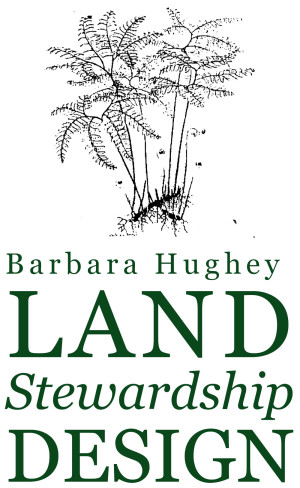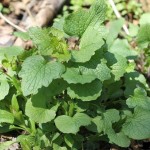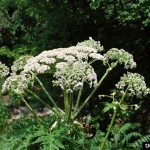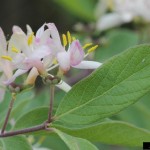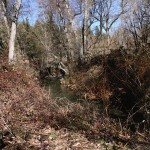Invasive Plants: The Real Weeds
- Garlic Mustard
- Giant Hogweed
- Honeysuckle
- Multiflora Rose
- Japanese Barberry
- Invasive Blackberries
Getting Started
An essential first step in implementing conscientious land stewardship practices is the cleaning and clearing away of pernicious invasive plants. Our work provides guidance training and maintenance protocol followed by a replanting plan for regionally appropriate native and non invasive species to fulfill our client’s specific goals for their land and landscapes. Invasive plants are feral, biological, pests that aggressively colonize the environment to the exclusion of the important native species. They are escapees from gardens and farms and that have an amazing ability to colonize a wide range of environments and that crowd and prevent regeneration of native plant populations that are more delicately synced with specific microclimate habitats. Just as with insect or animal pests these plants have been introduced into an local ecosystem from other regions of the world and are therefore without balancing and limiting influences that would otherwise keep them in check. One hundred and thirty eight billion dollars are spent every year in this country trying to control these noxious weeds. Another thirty three billion dollars in agricultural crop losses are caused by the presence of invasive weeds, and an additional four billion is spent on herbicides to try to reduce these losses. Regulations are now in place that are beginning to address theses issues and several of our old familiar horticultural plants are now on prohibited and restricted lists that prevent their sale and use. See Department of Environmental Conservation reference below.
Besides crowding out other critically important native plant communities invasive plants pose other very serious issues.
A few examples include: Japanese Barberry (Berberis Thunbergii) now on the restricted and prohibited list, is known to shelter excessively high deer tick populations. Giant Hogweed (Herculeum mantegazzianum) and Wild Parsnip (Pastinaca sativa), so common along our roadways, causes sever skin irritation. Garlic Mustard (Alliaria petiolata) a highly pernicious spreader exudes a fungicidal chemical from its roots that disrupts the nutrient cycle in the soil leading to starvation of other important species especially in a forest setting.
Invasive Plant Species Resources and Regulations
- New York Invasive Species Clearinghouse
- DEC Prohibited and Regulated Invasive Species List 6NYCRR Part 575
- New York Invasive Species Clearing House (ID photos)
- Citizen Science and Invasive Species mapping
